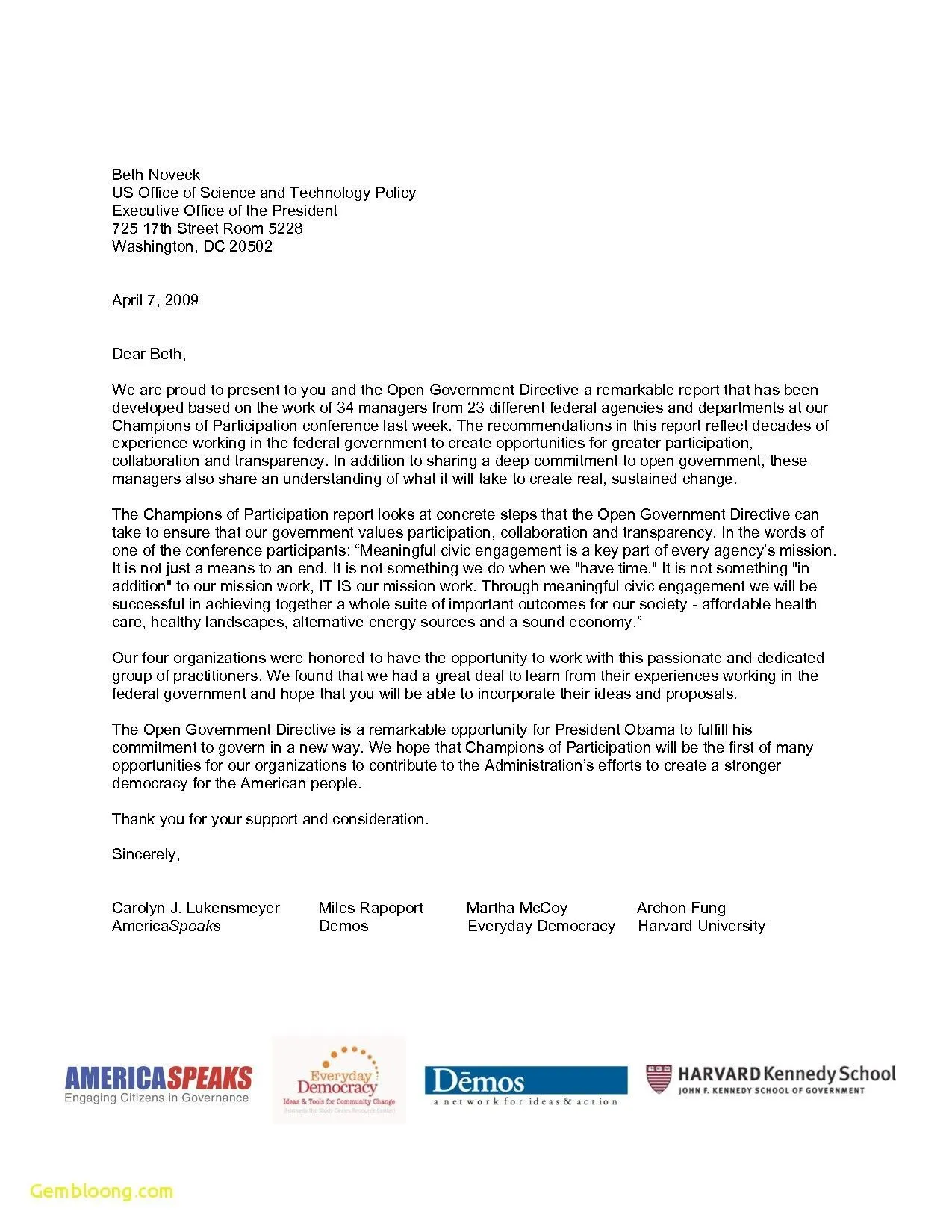Understanding the Government Job Application Process
Navigating the government job application process can seem daunting, but a well-crafted cover letter is your key to unlocking opportunities. The federal government, and state and local agencies, often have specific requirements, and your cover letter is a critical first impression. It is more than just a summary of your resume; it is your chance to showcase your unique qualifications, express your interest, and demonstrate your understanding of the role and the agency’s mission. Understanding the structure, tone, and content expected in a government cover letter is the first step toward success. This guide will walk you through the essential elements, providing actionable tips to help you stand out from the competition. You’ll learn how to tailor your letter to specific positions, highlight your accomplishments, and avoid common pitfalls.
Researching the Agency and Position
Before you even begin writing, thorough research is paramount. Visit the agency’s website to understand its mission, values, and recent initiatives. This research informs your cover letter, allowing you to demonstrate your genuine interest and alignment with the agency’s goals. Review the job description meticulously. Identify the key skills, qualifications, and experiences the agency is seeking. Use these keywords throughout your cover letter. Knowing the specifics of the role, including the duties and responsibilities, helps you tailor your examples and highlight the most relevant aspects of your background. This targeted approach shows the hiring manager that you are serious about the position and have taken the time to understand what the job entails. A cover letter that reflects this understanding is far more likely to capture attention.
Key Components of a Cover Letter
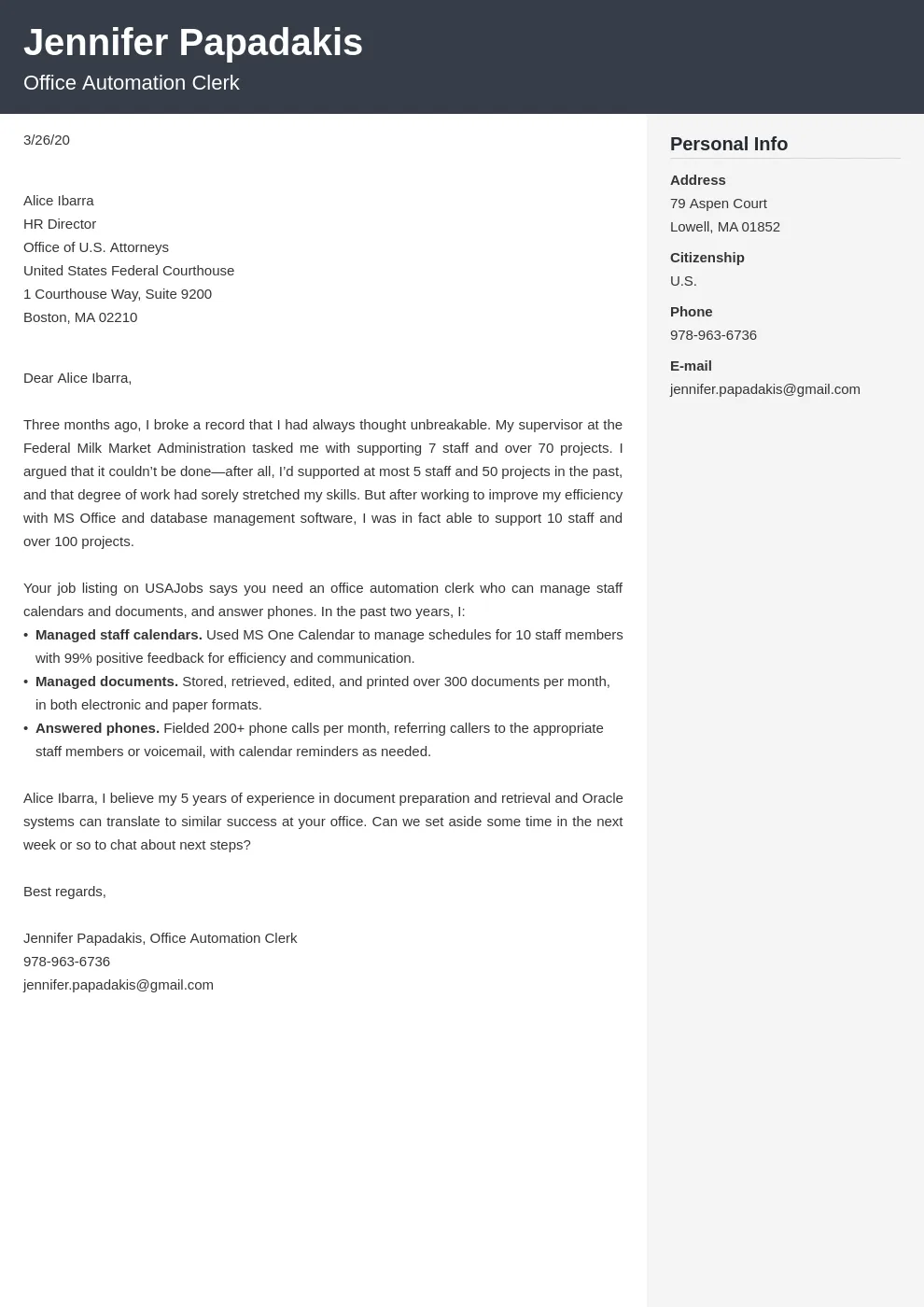
A strong government cover letter includes several essential components, each serving a specific purpose in presenting your qualifications. The structure and content must be precise, professional, and tailored to the specific job and agency. From the header to the closing, every element contributes to the overall impact of your application. Properly formatted, carefully worded, and well-organized, a cover letter is crucial for making a positive impression and increasing your chances of being selected for an interview. Let’s break down each section to ensure you are confident and ready to create an effective government cover letter.
Header Information
The header of your cover letter sets the tone and provides essential contact information. It’s the first thing a hiring manager sees, so it must be neat and professional. The header establishes your identity and allows the recipient to easily reach you. Correctly formatting this section is essential for creating a positive first impression and ensuring your application is taken seriously.
Your Contact Information
Start with your full name, address, phone number, and professional email address. Ensure that your email address sounds professional and is appropriate for the job application. Make sure the information is current and easy to read. Double-check the accuracy to avoid any errors, as a simple mistake here can prevent the hiring manager from contacting you.
Date
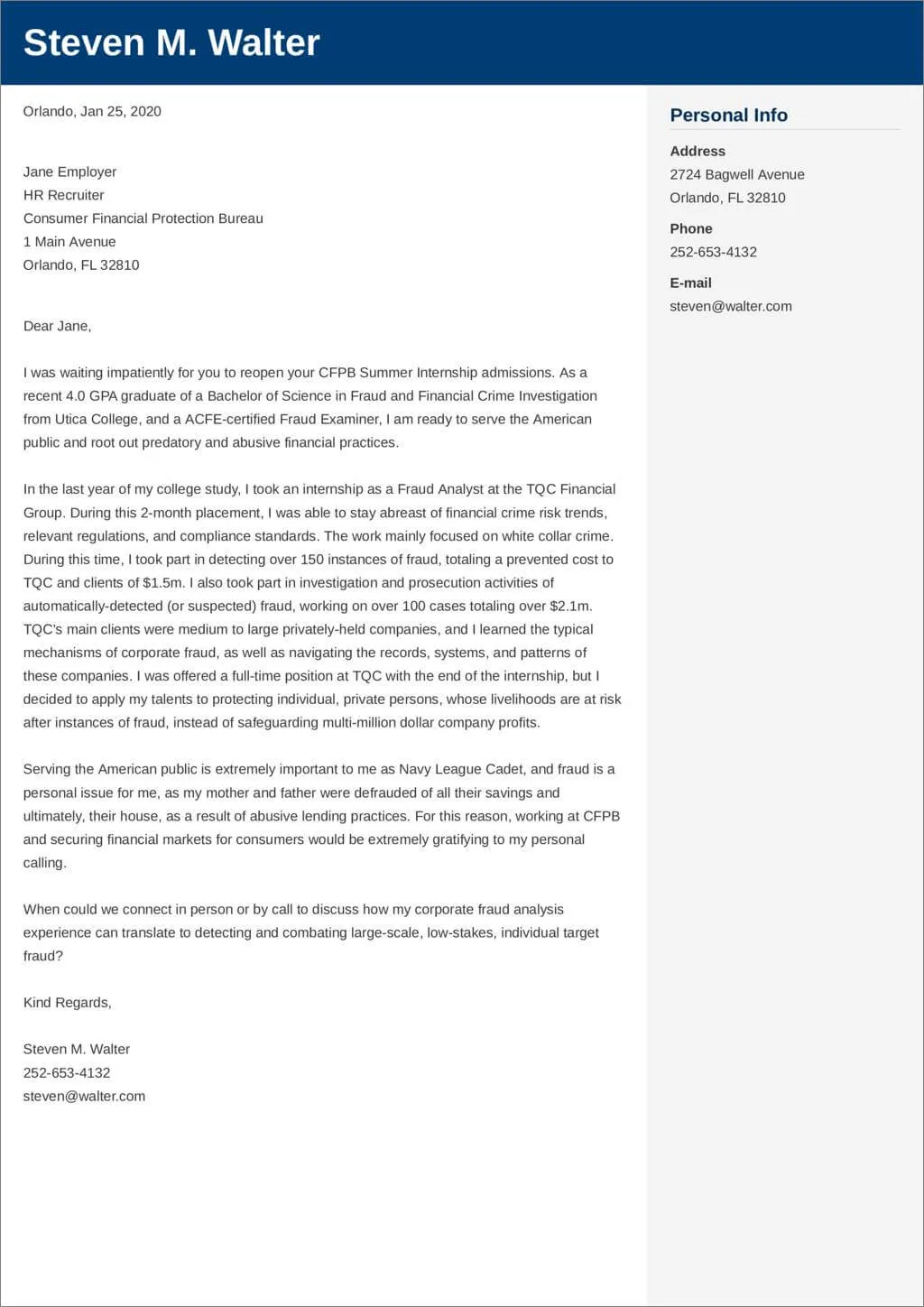
Include the date you are writing the cover letter, which is usually placed directly below your contact information. Use the standard format (Month Day, Year), and align it to the left or right, depending on your chosen format.
Recipient’s Contact Information
Include the recipient’s name (if known), title, and the agency’s address. Addressing your cover letter to a specific person shows that you have taken the time to research and personalize your application. If you can’t find a specific name, use a professional title like “Hiring Manager” or “Recruiting Team”.
Greeting
The greeting sets the tone for your cover letter. If you know the hiring manager’s name, use “Dear Mr./Ms./Mx. Last Name.” This is the most personal and effective approach. If a name is unavailable, a more generic approach is appropriate. The greeting should be professional, respectful, and directly relevant to the job being applied for. Ensure you use the correct title and spelling.
Body Paragraphs
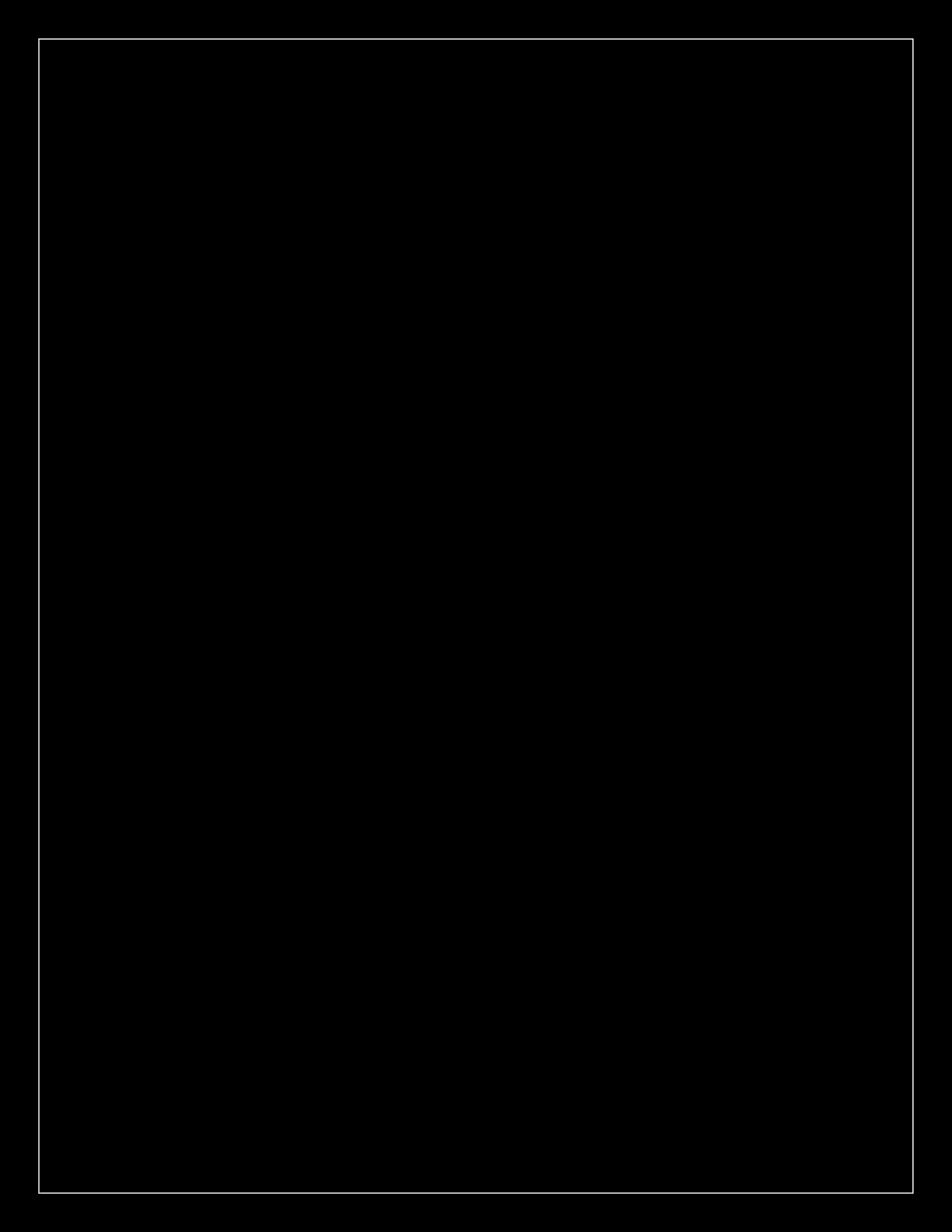
The body paragraphs are the heart of your cover letter, where you present your qualifications and connect them to the job requirements. This section is your opportunity to showcase your skills, experiences, and enthusiasm. The body of your cover letter is the section where you make your case for why you should be hired. Each paragraph should focus on a specific aspect of your qualifications and demonstrate how you meet the job’s requirements. Make sure the language is clear, concise, and engaging.
Opening Paragraph Grab Attention
Start with a strong opening that immediately grabs the reader’s attention. State the position you are applying for and where you found the job posting. Briefly mention why you are a strong candidate. Start with a concise and engaging sentence to hook the reader. A compelling opening sets the stage for the rest of your letter, and creates enthusiasm for the position.
Highlighting Relevant Skills and Experience
In the following paragraphs, highlight the skills and experiences most relevant to the job. Focus on demonstrating how your qualifications align with the job’s requirements. Use specific examples and quantifiable achievements to support your claims. Clearly articulate how your skills and experiences meet the requirements outlined in the job description. Tailor your examples to each role, ensuring they showcase your relevant expertise. Use language that is clear, concise, and engaging.
Quantifying Achievements
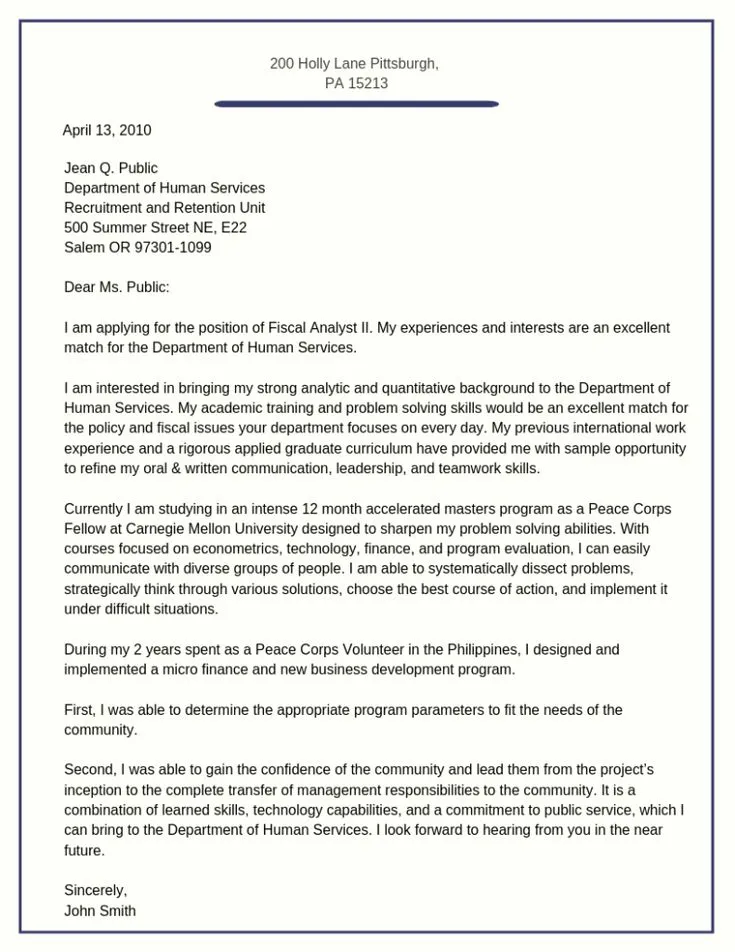
Whenever possible, quantify your achievements to demonstrate your impact. Use numbers, percentages, and data to show the results of your work. For example, instead of saying “Improved customer service,” say “Improved customer satisfaction scores by 15% through implementing a new training program.” Quantitative data gives your accomplishments more credibility. Make sure the metrics are accurate, and relevant to the job you are applying for.
Demonstrating Knowledge of the Agency
Showcase your understanding of the agency’s mission, values, and current initiatives. Mention specific projects, programs, or goals that resonate with you. Demonstrate that you have researched the agency and are genuinely interested in contributing to its success. Highlighting your knowledge indicates your genuine interest and commitment to the organization.
Closing Paragraph
The closing paragraph is your final opportunity to leave a lasting impression. It should summarize your key qualifications, reiterate your interest, and express your enthusiasm for the position. The closing paragraph should reinforce your candidacy and leave the hiring manager with a positive impression.
Call to Action
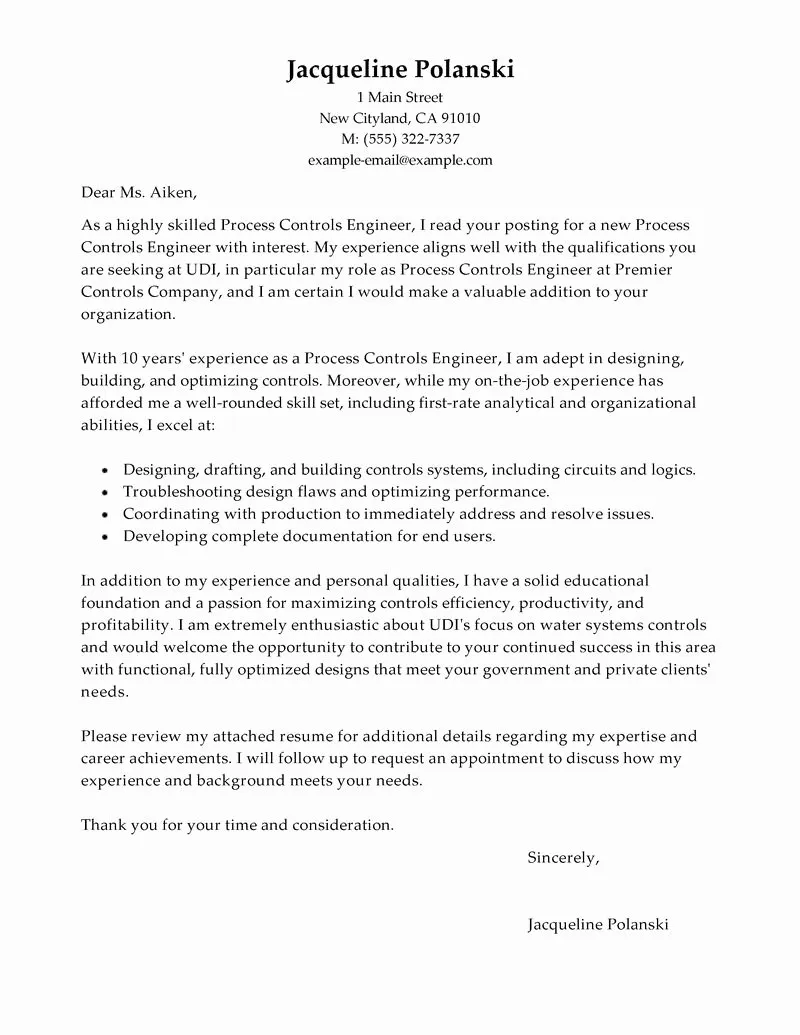
Include a call to action, inviting the hiring manager to contact you for an interview. State your availability and willingness to provide further information or discuss your qualifications in more detail. Make it clear that you are eager to proceed to the next step.
Expressing Gratitude
Thank the hiring manager for their time and consideration. Express your appreciation for the opportunity to apply for the position and your interest in the agency. Show genuine appreciation for their attention to your application.
Complimentary Closing
End with a professional closing, such as “Sincerely,” “Respectfully,” or “Thank you for your consideration.” Ensure the tone matches the formality of the letter and is appropriate for a government application. Double-check the spelling of your closing before submitting.
Formatting and Style
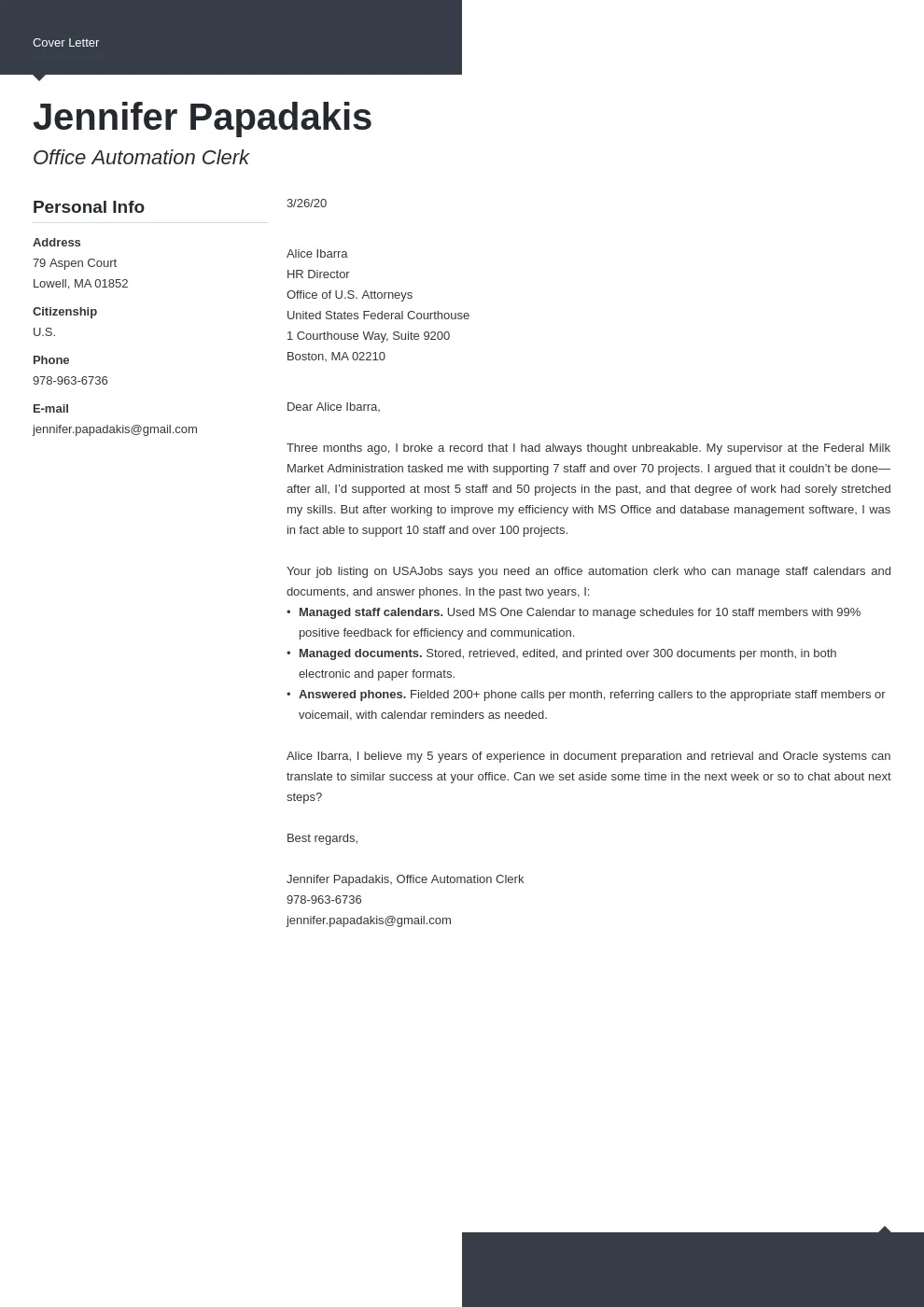
The formatting and style of your cover letter are crucial for creating a positive first impression. The appearance of your cover letter says as much about your attention to detail as the content does. A well-formatted letter is easy to read and professional in appearance. It shows that you are organized and pay attention to detail, which are qualities highly valued in government positions.
Font Choice and Size
Use a professional and easy-to-read font, such as Times New Roman, Arial, or Calibri. Keep the font size between 11 and 12 points for optimal readability. Avoid using overly stylized fonts. This improves readability and maintains a professional appearance. The consistent font and size throughout the letter enhance readability and contribute to a polished look.
Professional Tone and Language
Maintain a formal and professional tone throughout your cover letter. Use clear, concise language and avoid slang or informal expressions. Write in an active voice and focus on your accomplishments. Ensure that the writing is straightforward and to the point. Choose your words carefully to create the best possible impression.
Proofreading and Editing
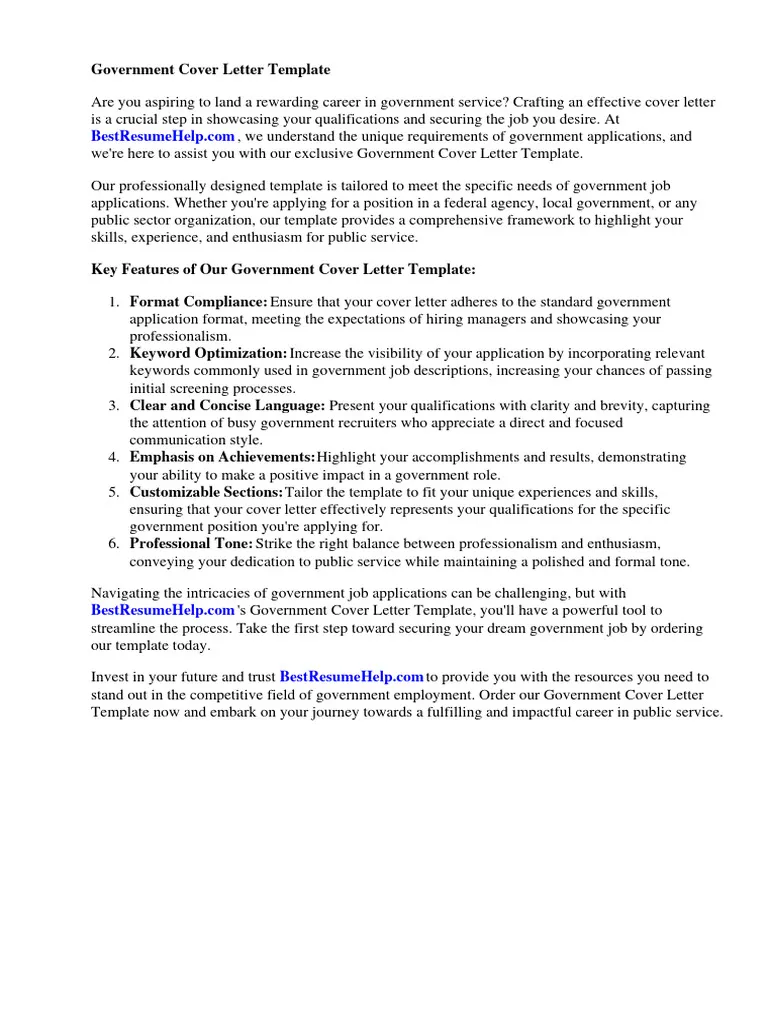
Thoroughly proofread and edit your cover letter to eliminate any errors in grammar, spelling, and punctuation. Errors can undermine your credibility and create a negative impression. Always read your letter aloud, and consider having someone else review it as well. Proofreading is an essential step in making a professional and error-free cover letter.
Tailoring Your Cover Letter
Tailoring your cover letter is key to demonstrating that you understand the specific requirements of the job and have the qualifications to meet them. Generic cover letters often fail to impress hiring managers because they lack specific relevance. By tailoring your cover letter, you prove you’ve taken the time to understand the role and how your skills align. Demonstrating this effort increases your chances of being selected.
Matching Skills to Job Requirements
Carefully review the job description and identify the key skills, experiences, and qualifications the employer is seeking. Highlight the skills and experiences from your background that match these requirements. This targeted approach demonstrates that you are a good fit. Your goal is to demonstrate that you not only meet the listed requirements but also bring unique value. Tailoring ensures you directly address the employer’s needs and present yourself as the best candidate for the role.
Using Keywords from the Job Description
Incorporate keywords from the job description into your cover letter naturally. This helps your application pass through applicant tracking systems (ATS) and highlights your relevance to the hiring manager. Use keywords in a way that feels authentic. Incorporating the right keywords, while still keeping the letter readable, is critical.
Examples of Strong Cover Letter Content
Provide concrete examples that demonstrate your skills and experiences. Use the STAR method (Situation, Task, Action, Result) to provide context and impact. Showing, not just telling, is essential. Well-chosen examples can strengthen your case and make your application stand out. Specific and well-structured examples help demonstrate your abilities and the positive outcomes you can achieve.
Showcasing Accomplishments
Focus on showcasing your accomplishments rather than simply listing your responsibilities. Use action verbs to describe what you achieved and provide quantifiable results whenever possible. Highlighting your achievements demonstrates your value to the employer. Including numbers, percentages, and other metrics to quantify your success is effective and creates a persuasive argument for your capabilities. Illustrate what you have done and what you have accomplished.
Addressing Potential Weaknesses
If there are any gaps or weaknesses in your background, address them honestly and proactively. Briefly explain the situation and focus on what you have learned or how you have overcome the challenge. Addressing potential weaknesses head-on can show your maturity and problem-solving skills. Frame any weaknesses positively and focus on what you have done to learn and grow.
Common Mistakes to Avoid
Avoiding common mistakes is crucial for making a positive impression on hiring managers. These errors can immediately disqualify you from consideration. Pay attention to the details, and review your cover letter carefully. A well-crafted cover letter is free of mistakes and demonstrates your attention to detail.
Generic Cover Letters
Avoid using generic cover letters that are not tailored to the specific job or agency. Generic letters fail to showcase your understanding of the role and the agency’s needs. Personalize each cover letter to the specific job. Tailoring demonstrates your interest and helps you stand out.
Typos and Grammatical Errors
Carefully proofread your cover letter to eliminate any typos, spelling mistakes, or grammatical errors. These errors can undermine your credibility and make you appear unprofessional. Proofread carefully, or have someone else review your work. Taking this step ensures that your application is polished and professional.
Ignoring Instructions
Always follow the specific instructions provided in the job posting. Failure to do so can result in your application being automatically rejected. If the job description specifies particular requirements or formatting, adhere to those guidelines. Attention to detail is critical, and by following instructions, you demonstrate your ability to follow guidelines and pay attention to detail.
Submitting Your Cover Letter
Once you’ve written and edited your cover letter, make sure to submit it correctly. The method of submission may vary depending on the job posting. Follow the instructions and guidelines carefully. Ensure your cover letter is in the correct format and that all required attachments are included. Make sure your contact information is current, and you are available to receive calls and emails.
